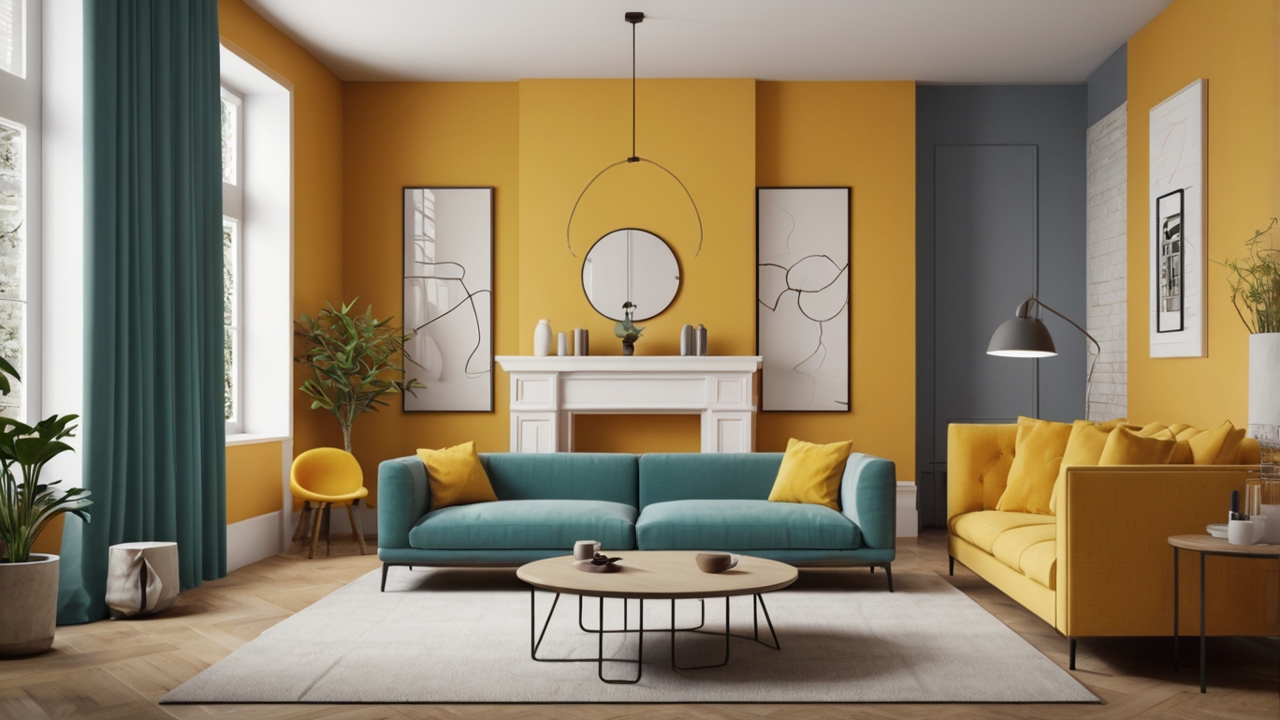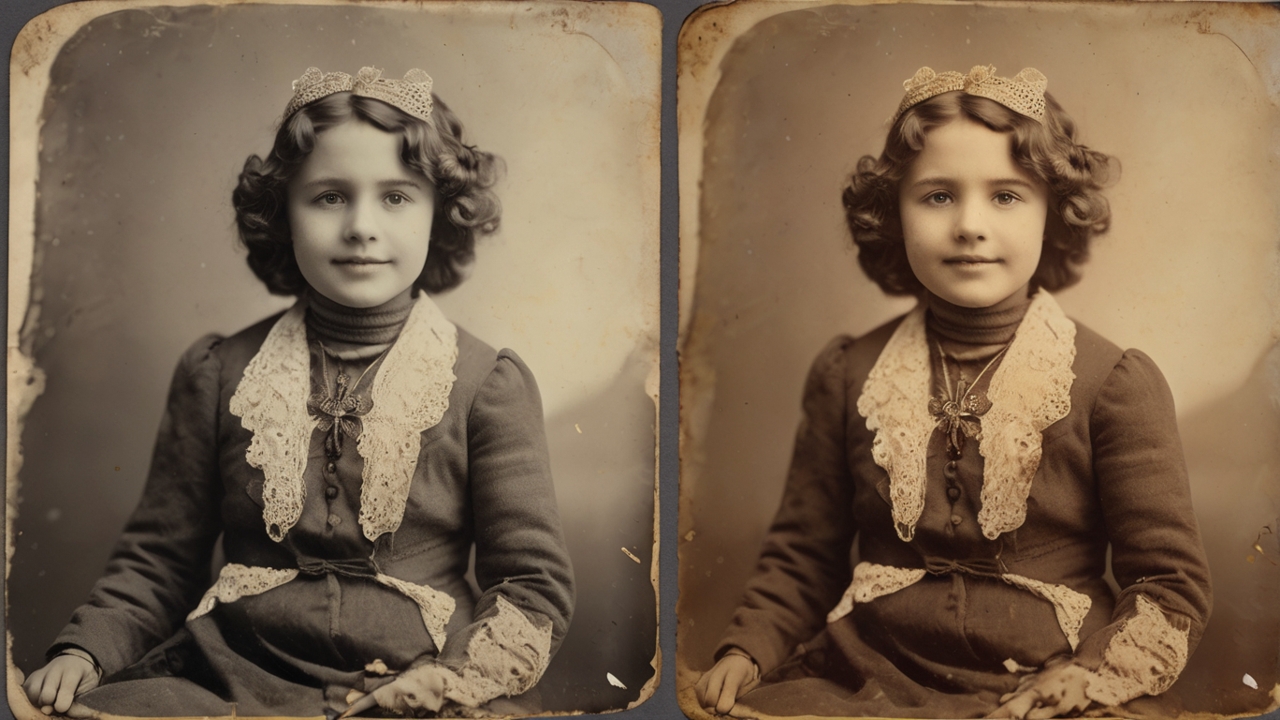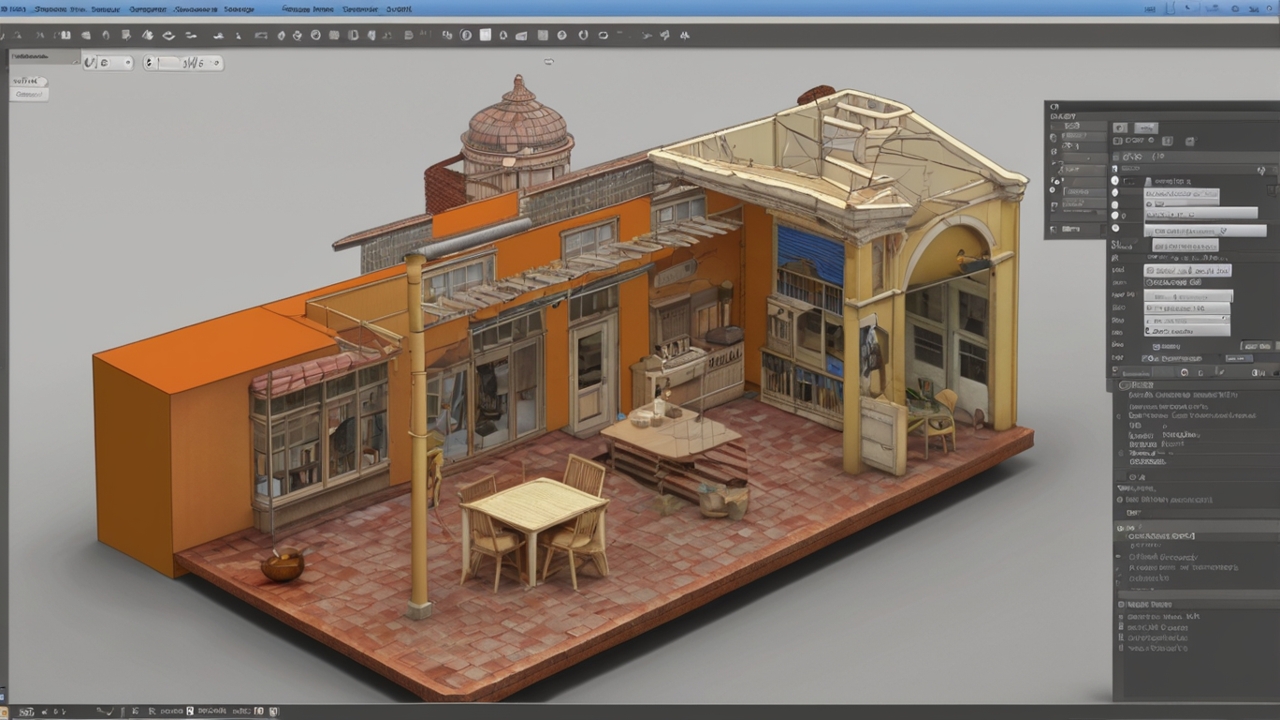Mayumiotero – Color Psychology influences the way we respond to the spaces we live in. A room’s palette can calm the mind or spark energy within seconds. I often notice how my own mood shifts the moment I walk into a space painted in soft tones. Light colors tend to slow my thoughts and ease tension. Strong colors do the opposite by pushing my senses to wake up. Because of this, choosing the right color becomes a simple yet powerful way to support emotional well-being at home.
“Read also: Cultivating Moral Imagination, Empathy Exercises for Growth“
Why Warm Colors Encourage Energy and Human Connection
Warm tones like red, orange, and yellow often feel familiar and comforting. These shades remind us of firelight and sunlight. As a result, they naturally boost energy and encourage lively interaction. I’ve seen warm palettes work beautifully in dining rooms or social spaces. However, too much red can feel intense and draining. For this reason, warm colors work best when balanced with softer elements. A warm accent wall paired with neutral furniture can keep the room vibrant without overwhelming the senses.
How Cool Colors Promote Calm, Focus, and Mental Clarity
Cool colors such as blue, green, and lavender soothe the nervous system. These shades reflect oceans, forests, and open skies. When I work in a room filled with cool tones, my mind settles quickly. I find myself more focused and less reactive. This is why cool palettes often appear in bedrooms, study spaces, and therapy rooms. However, overly cold shades can feel sterile. Adding warm lighting or textured fabrics helps maintain comfort and emotional warmth.
Why Neutral Palettes Create Stability and Emotional Balance
Neutral tones remain popular because they ground the senses. Beige, cream, gray, and taupe provide a peaceful backdrop that supports clarity. In my own home, neutrals make it easier to shift the atmosphere with decor or lighting. They offer stability without limiting creativity. Because they adapt easily to different moods, neutral palettes are ideal for people who enjoy subtle design without losing sophistication. They also reduce visual stress, which is helpful in busy or compact spaces.
How Accent Colors Add Personality Without Overwhelming the Room
Accent colors act as visual anchors that bring life to a space. A bold cushion, a bright rug, or a striking lamp can transform a room instantly. I often rely on accent pieces when I want personality without committing to a full redesign. Small pops of color can express identity and emotion with surprising strength. This approach is especially helpful for people who enjoy experimenting with style. Because accents are easy to change, they allow flexibility as moods or trends shift.
“Read more: The “Begin Again” Mindset, Resetting after Setbacks“
Why Lighting Determines How Colors Are Perceived
Lighting deeply affects how Color Psychology works. Natural light reveals a color’s true character, while artificial light alters the tone. Warm bulbs soften cooler shades and add comfort. Bright white lights make colors appear crisp and energetic. I’ve experimented with both in the same room, and the difference always feels dramatic. Because lighting changes so much throughout the day, it should be considered part of the color palette itself. The right combination creates a mood that matches daily activities.
How Personal Memories Shape Color Preferences
Although psychology offers guidelines, personal history influences how we respond to color. A shade of blue might feel peaceful to one person but sad to another. Cultural background also plays a role in shaping emotional reactions. This is why I always encourage people to trust their instincts when choosing paint or decor. Personal spaces should reflect lived experiences, not just design trends. When rooms match emotional needs, they feel more authentic and supportive.
Designing Meaningful Spaces With Color Psychology in Mind
The most helpful way to use Color Psychology is to match each room with its purpose. Calm tones help bedrooms feel restful. Energizing accents boost creativity in workspaces. Neutrals create balance in busy common areas. Over time, I’ve learned that combining psychological insight with personal intuition leads to the most satisfying results. This approach supports mental comfort and emotional grounding while keeping the space visually inspiring.













